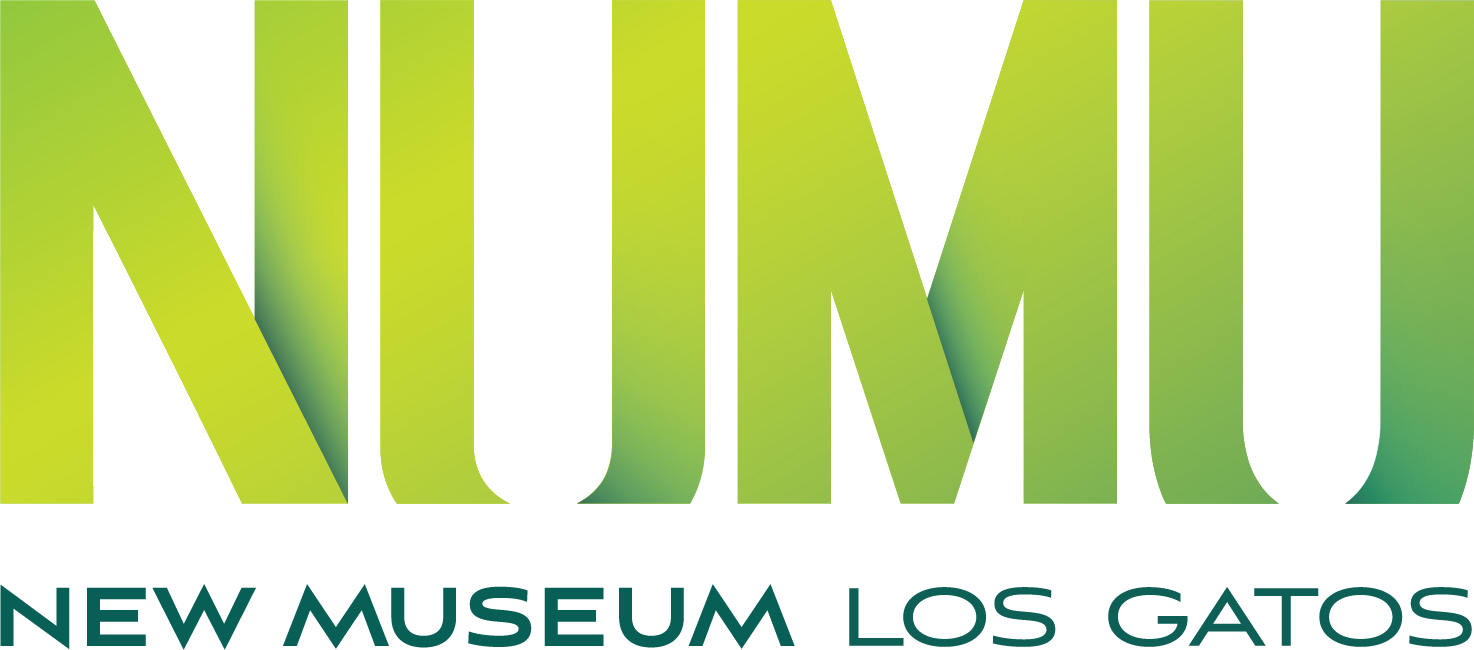Between the end of the Civil War and 1890 a number of African-Americans played alongside with white athletes on minor and major league baseball teams during this period. Although the original National Association of Baseball Players, formed in 1867 had banned black athletes by the late 1870s, several African–American players were active on the rosters of white, minor league teams.
Many black players played on white teams until the end of the 1880s, but in 1890 the situation abruptly changed. At the beginning of the 1890s season a “gentleman’s agreement” had been made which would bar black players from participation for the next fifty-five years. By the turn of the century the color barrier was firmly in place in the white leagues. Despite the ban in white leagues, many black players found a place in the one of 200 clubs that had formed between the mid 1880s and the early years of the 20th century. By the end of World War I black baseball had become the number one entertainment attraction for urban black populations throughout the country.
In 1920, Andrew “Rube,” Foster, owner of the Chicago American Giants determined that it was time for an organized league. The Negro National League was born in Kansas City with eight teams. It thrived until the Great Depression when it was forced to close in 1931. The second National Negroleague was organized by Pittsburgh bar owner Gus Greenlee and became the dominant league in black baseball from 1933-1949, joined by the Negro American League and the Negro Southern League.
On April 18, 1946, the color barrier was broken when owner Branch Rickey signed Jackie Robinson to the Dodgers organization. The Negro League not only launched the careers of many legendary African-American players in the Major Leagues, it left an indelible mark on civil rights history.
All objects in this exhibit are courtesy of local collector and sports aficionado, Gary Cook.
Jackie Robinson and George "Shotgun" Shuba shake hands over home plate, 1946.


